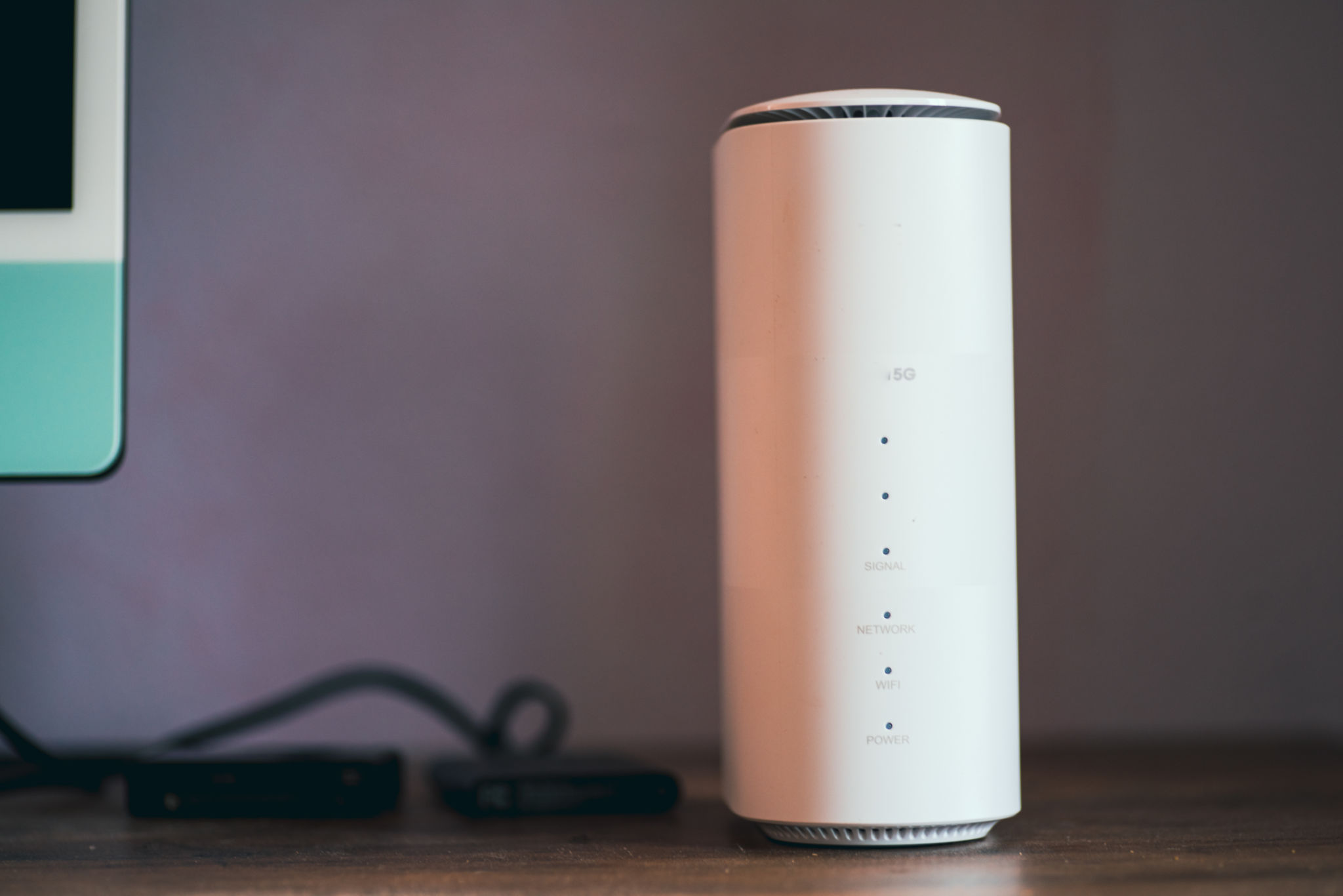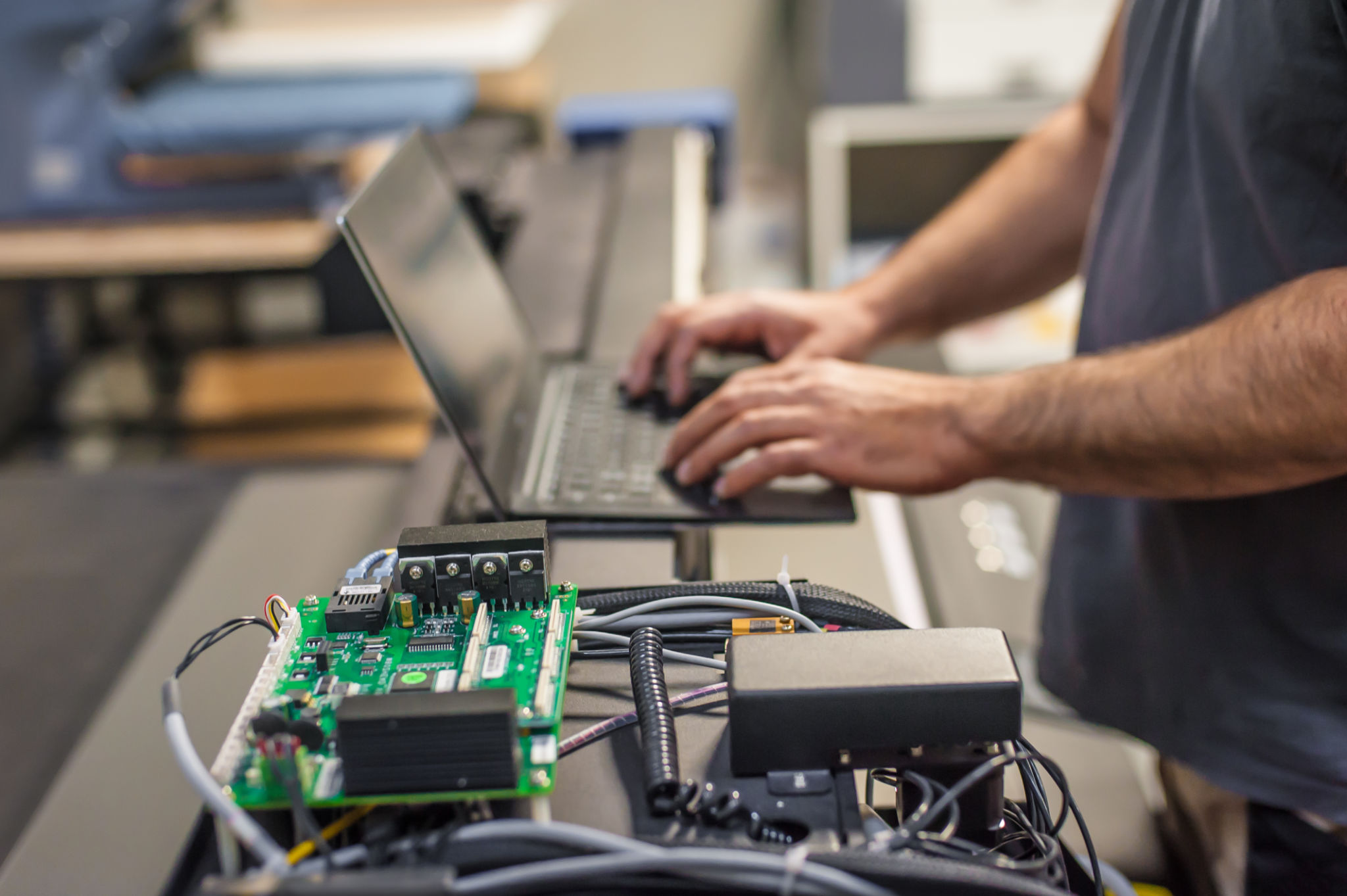How to Troubleshoot Common IT Problems at Home
Identifying the Problem
When it comes to troubleshooting IT issues at home, the first step is to accurately identify the problem. Common issues include internet connectivity problems, software malfunctions, and hardware failures. Start by observing any error messages that appear on your screen and take note of any unusual behavior from your devices.
If you encounter an issue with your computer, it might be helpful to restart the machine. This simple action can resolve many temporary glitches. If the problem persists, try to determine whether it's software or hardware-related by checking for recent changes or updates that might have triggered the issue.

Connectivity Issues
Check Your Internet Connection
Internet connectivity issues are one of the most common IT problems at home. Begin by checking whether your router is properly plugged in and powered on. Ensure all cables are securely connected. If you're using Wi-Fi, make sure your device is within range of the router.
Another step is to restart your router. Unplug it from the power source, wait for about 30 seconds, and then plug it back in. This can often resolve connectivity issues by refreshing the connection. If the problem continues, contact your internet service provider to check for any outages in your area.

Device-Specific Connectivity
If a particular device is having trouble connecting to the internet, try troubleshooting it separately. For computers, ensure that the network drivers are up-to-date. On mobile devices, toggle airplane mode on and off to reset the connection. It's also beneficial to forget and reconnect to the Wi-Fi network.
Software Glitches
Update and Reinstall
Software glitches can often be resolved by updating to the latest version. Check for available updates in your software's settings menu. If updates do not solve the problem, consider uninstalling and reinstalling the application. This can fix corrupted files or incorrect settings that may be causing the issue.

Run Troubleshooters
Many operating systems have built-in troubleshooters designed to automatically detect and fix common software issues. For example, Windows provides troubleshooters for internet connections, audio problems, and other system features. Access these tools from the control panel or settings menu to resolve persistent issues.
Dealing with Hardware Failures
Inspect Physical Connections
When dealing with hardware failures, start by inspecting all physical connections. Ensure that cables are not damaged and that all peripherals are properly connected to your device. Loose cables or faulty connections can often be the cause of hardware malfunctions.
If a peripheral device like a printer or external hard drive isn't working, try connecting it to another computer to determine if the issue is with the device itself or the computer's ports.

Replace Faulty Components
If you've identified a faulty component, such as a damaged cable or a malfunctioning peripheral, replacing it might be necessary. For more significant hardware issues, like a failing hard drive or inadequate RAM, consider consulting a professional for repairs or upgrades.
Troubleshooting IT problems at home may seem daunting initially, but with a systematic approach, many issues can be resolved quickly and efficiently.
